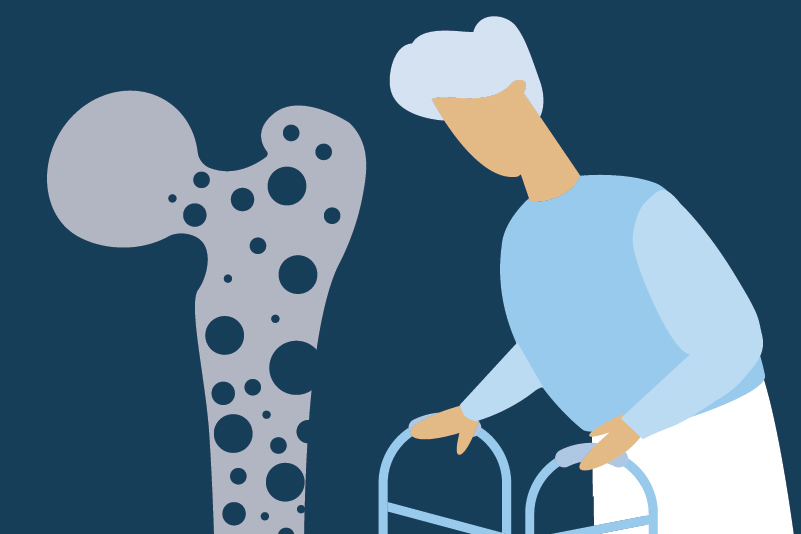#96 Calcitonin withdrawal: Now what for acute vertebral fractures?

Reading Tools for Practice Article can earn you MainPro+ Credits
Join NowAlready a CFPCLearn Member? Log in
- A systematic review of five RCTs (246 patients) demonstrated that calcitonin was effective in reduction of OVCF pain compared to placebo with a mean difference (MD) of 3.4 on a 10 point visual analogue scale (VAS) at one week.3
- Two small studies examining bisphosphonates for pain.
- One direct comparison RCT: 27 women, IV pamidronate or IV calcitonin x 1 dose4
- Day 4: both groups had statistically significant improvement in pain on VAS scale:
- • Pamidronate ~1.1 (baseline 5.9)
- • Calcitonin ~2.3 (baseline 6.3)
- ▪ Day 30: Pamidronate ~2.3cm, Calcitonin ~3.1cm
- No statistically significant difference in pain scores, functional disability or analgesic use
- Day 4: both groups had statistically significant improvement in pain on VAS scale:
- o RCT 32 women, IV pamidronate versus placebo (baseline ~7.6)5
- After one week, those taking pamidronate had significantly decreased pain with standing (MD ~2.3) but not in supine pain (MD ~1.1)
- One direct comparison RCT: 27 women, IV pamidronate or IV calcitonin x 1 dose4
- The minimum clinically significant change in patient’s pain severity measured with a 10-cm VAS is 1.3 cm.6
- • Approximately 60% of patients with OVCF who are conservatively managed will have adequate resolution of pain within three months.7
- For secondary prevention, bisphosphonates are beneficial in prevention of vertebral (NNT 9-60) and non-vertebral fractures (NNT 20-68).8
- Bisphosphonates (oral and IV) have also demonstrated benefit in metastatic bone pain.9
- There is no evidence of superiority of one bisphosphonate over another in acute pain management.






